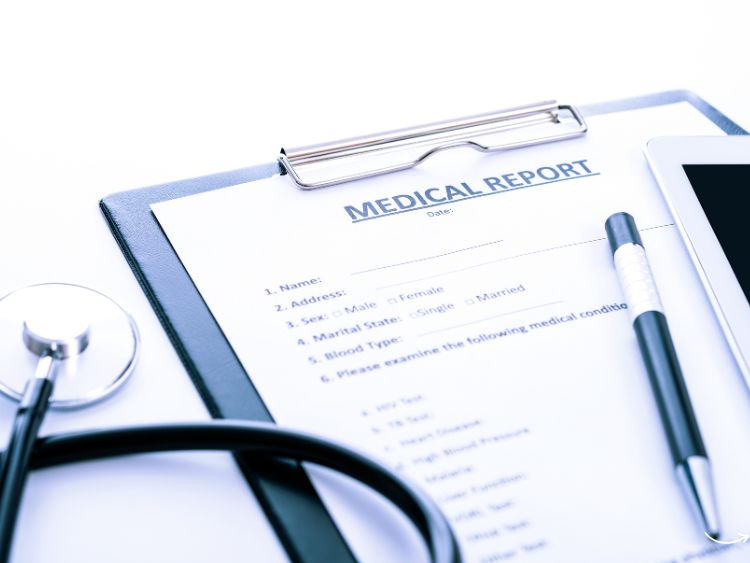Imagine a world where your health records are instantly accessible, meticulously organized, and securely stored. Sounds like a dream, right? Well, welcome to the world of EMA Electronic Health Records (EHRs), where this dream is a reality. EMA, or Electronic Medical Assistant, EHRs have revolutionized healthcare management, making it easier for healthcare providers to deliver top-notch care efficiently. In this article, we’ll dive deep into what EMA Electronic Health Records are, their benefits, and how they are transforming the healthcare landscape.
What are EMA Electronic Health Records?
EMA Electronic Health Records are digital versions of patients’ paper charts. These records are comprehensive, including everything from medical history, diagnoses, medications, treatment plans, immunization dates, allergies, radiology images, and laboratory test results. Unlike traditional paper records, EMA EHRs are designed to be shared and updated in real-time, ensuring that healthcare providers always have the most current information at their fingertips.
Key Features of EMA Electronic Health Records
- Real-time access: EMA EHRs can be accessed and updated in real-time, ensuring up-to-date information.
- Comprehensive records: They include detailed medical history, medication lists, and more.
- Secure storage: Advanced security measures protect patient data.
- Interoperability: They can be shared across different healthcare systems seamlessly.
Benefits of EMA Electronic Health Records
EMA Electronic Health Records bring a multitude of benefits to both healthcare providers and patients. Let’s explore some of the most significant advantages.
Improved Patient Care
With EMA EHRs, healthcare providers can quickly access a patient’s complete medical history, leading to better-informed decisions and personalized care plans. This holistic view helps in identifying potential health issues early and managing chronic diseases more effectively.
Increased Efficiency
Gone are the days of sifting through piles of paper records. EMA EHRs streamline administrative tasks, reducing paperwork and freeing up time for healthcare providers to focus on patient care. This efficiency also extends to billing and scheduling, making the entire healthcare process smoother.
Enhanced Patient Safety
EMA EHRs include features like automatic alerts for potential medication interactions and reminders for preventive care services. These proactive measures significantly enhance patient safety and reduce the risk of medical errors.
Better Data Analytics
Healthcare providers can leverage EMA EHRs to analyze patient data and identify trends. This data-driven approach can lead to improved treatment protocols, better resource allocation, and overall enhanced healthcare outcomes.
EMA Electronic Health Records in Practice
Implementation Process
Implementing EMA Electronic Health Records involves several steps, including selecting the right EHR system, training staff, and migrating existing patient records. The process can be complex, but the long-term benefits far outweigh the initial challenges.
Success Stories
Numerous healthcare facilities have successfully implemented EMA EHRs, witnessing significant improvements in patient care and operational efficiency. For instance, a renowned clinic in California reported a 30% reduction in patient wait times and a 20% increase in patient satisfaction after adopting EMA EHRs.
Common Challenges and Solutions
Data Security Concerns
One of the primary concerns with EMA Electronic Health Records is data security. To address this, EHR systems employ advanced encryption methods, regular security audits, and strict access controls to ensure patient data remains confidential.
Interoperability Issues
Another challenge is ensuring that EHR systems can communicate with each other. The solution lies in adopting standardized protocols and working towards greater interoperability across different EHR platforms.
User Training
Adapting to a new EHR system can be daunting for healthcare staff. Comprehensive training programs and ongoing support can help staff become proficient in using EMA EHRs, ensuring a smooth transition.
FAQs about EMA Electronic Health Records
Q: What are EMA Electronic Health Records?
A: EMA EHRs are digital versions of patients’ paper charts, providing real-time, comprehensive, and secure access to medical records.
Q: How do EMA EHRs improve patient care?
A: They offer healthcare providers instant access to complete medical histories, enabling better-informed decisions and personalized care plans.
Q: What are the security measures in place for EMA EHRs?
A: EMA EHRs use advanced encryption, regular security audits, and strict access controls to protect patient data.
Q: Can EMA EHRs be shared across different healthcare systems?
A: Yes, EMA EHRs are designed for interoperability, allowing seamless sharing across various healthcare platforms.
Q: What are the challenges in implementing EMA EHRs?
A: Common challenges include data security concerns, interoperability issues, and the need for user training.
Conclusion
EMA Electronic Health Records have undeniably transformed the healthcare industry, offering numerous benefits such as improved patient care, increased efficiency, enhanced patient safety, and better data analytics. While there are challenges in implementation, the long-term advantages make EMA EHRs a worthwhile investment for any healthcare facility. As we continue to advance in the digital age, EMA EHRs will play an increasingly vital role in delivering high-quality healthcare.
Authoritative Links
- Centers for Medicare & Medicaid Services: https://www.cms.gov
- HealthIT.gov: https://www.healthit.gov
- American Medical Association: https://www.ama-assn.org
- Office of the National Coordinator for Health Information Technology: https://www.healthit.gov/topic/about-onc
- Healthcare Information and Management Systems Society: https://www.himss.org

